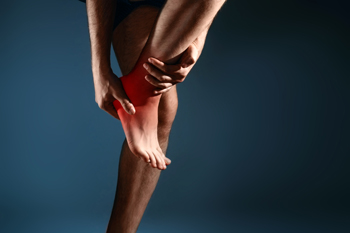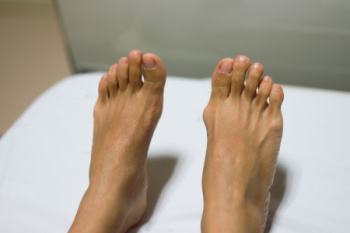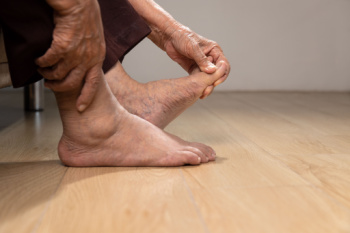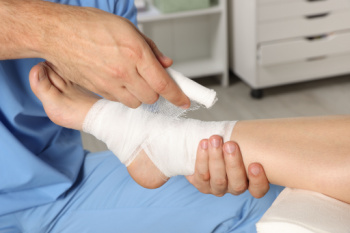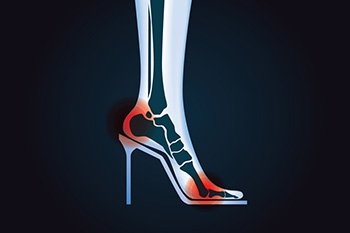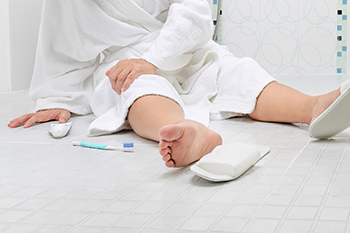
Osteoarthritis, or OA, is a degenerative joint disease that can increase the risk of falls, especially in older adults. When OA affects the feet, it leads to joint stiffness, pain, and limited mobility, which can make walking and balancing difficult. In the feet, OA commonly affects the ankles and toes, causing discomfort with every step and reducing stability. To prevent falls, people with osteoarthritis should focus on maintaining mobility and strengthening muscles surrounding the affected joints. Wearing well-fitted, supportive shoes and using custom orthotics can improve balance and reduce pain. A podiatrist can provide valuable care by fitting custom orthotics, recommending appropriate footwear, and guiding patients through foot-specific exercises that enhance stability and reduce the risk of falls. If you have osteoarthritis of the feet or ankles, it is suggested that you include a podiatrist on your health care team for routine exams and help with falls prevention.
Preventing falls among the elderly is very important. If you are older and have fallen or fear that you are prone to falling, consult with one of our podiatrists from Footcare Now. Our doctors will assess your condition and provide you with quality advice and care.
Every 11 seconds, an elderly American is being treated in an emergency room for a fall related injury. Falls are the leading cause of head and hip injuries for those 65 and older. Due to decreases in strength, balance, senses, and lack of awareness, elderly persons are very susceptible to falling. Thankfully, there are a number of things older persons can do to prevent falls.
How to Prevent Falls
Some effective methods that older persons can do to prevent falls include:
- Enrolling in strength and balance exercise program to increase balance and strength
- Periodically having your sight and hearing checked
- Discuss any medications you have with a doctor to see if it increases the risk of falling
- Clearing the house of falling hazards and installing devices like grab bars and railings
- Utilizing a walker or cane
- Wearing shoes that provide good support and cushioning
- Talking to family members about falling and increasing awareness
Falling can be a traumatic and embarrassing experience for elderly persons; this can make them less willing to leave the house, and less willing to talk to someone about their fears of falling. Doing such things, however, will increase the likelihood of tripping or losing one’s balance. Knowing the causes of falling and how to prevent them is the best way to mitigate the risk of serious injury.
If you have any questions, please feel free to contact our offices located in Elmhurst Jackson Heights, and Astoria, NY . We offer the newest diagnostic and treatment technologies for all your foot care needs.

